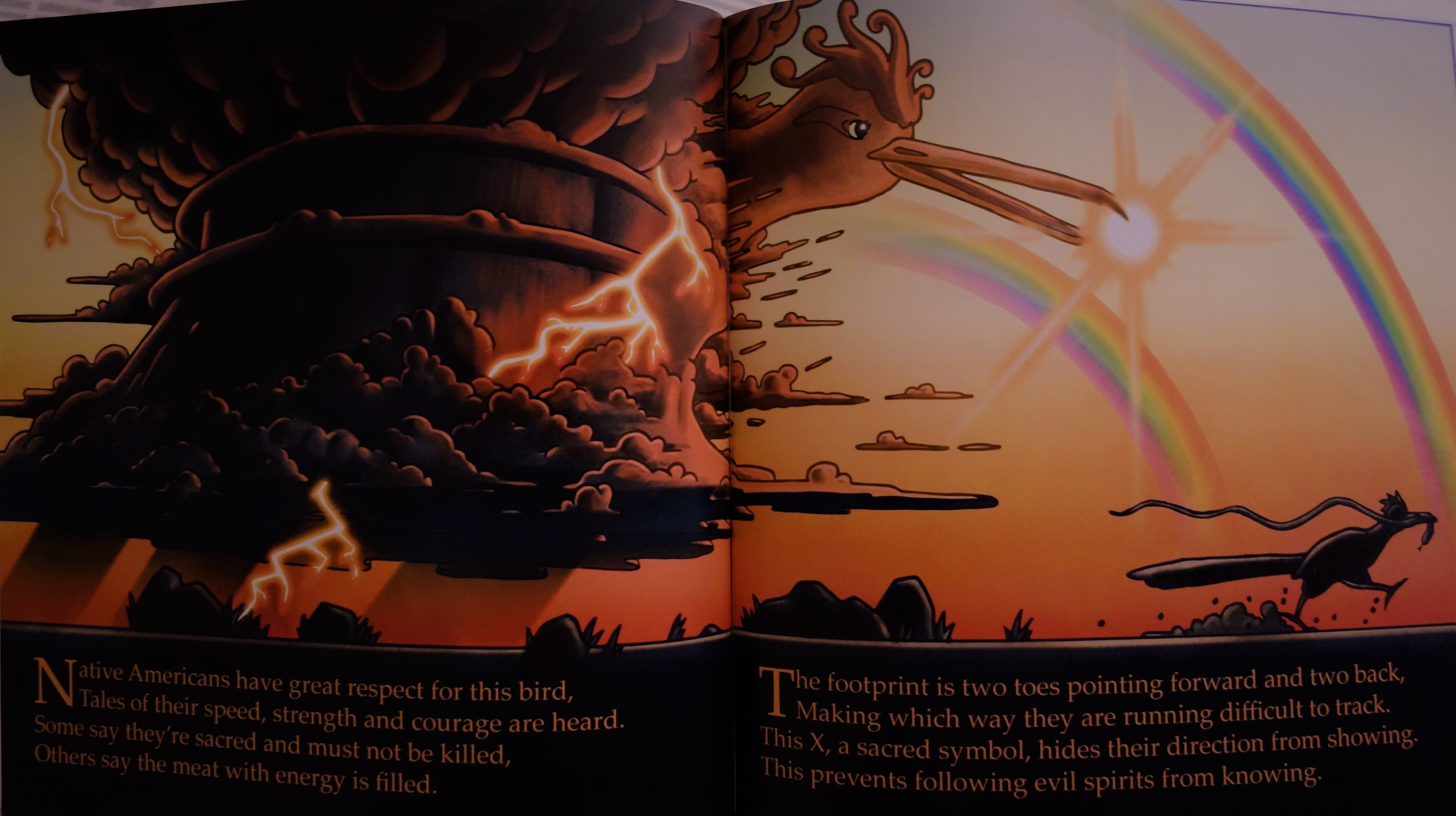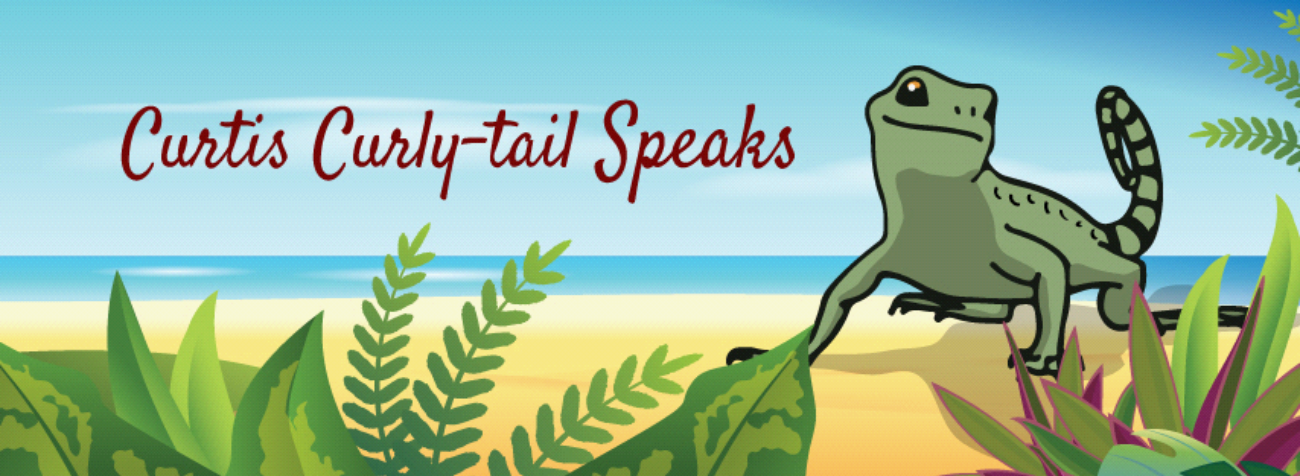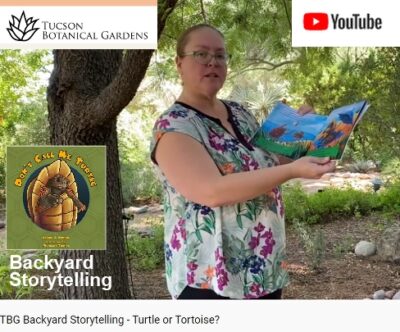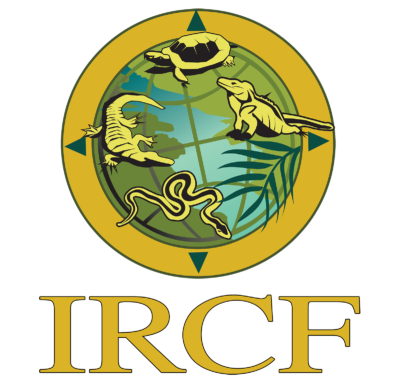Why the Colorful Illustrations? By Elaine A. Powers, Author

When writing a story that will be illustrated, the author should ask herself, Who are the illustrations for? Do they convey the book’s message? For example, do they impart important information not fully covered by the text? Will they help sell the book? What style goes with the story? How will they be created? Colored pencil, pen and ink, water color or pastels? A combination? Illustrations can be cartoonized photographs or actual photographs. Whatever best helps tell your story.
Hand a child a variety of books, and note which illustrations attract them. They are usually brightly colored with lots of interesting action. Yet, many children’s books for sale today have simple images, somewhat “artsy” in nature. That’s because children’s books are often marketed to grandparents, since these are the people who will most likely be purchasing books. I have chosen to use colorful, dramatic, and vivid illustrations because I want children to be attracted to my books so they will learn the science.
Are My Books Fiction or Non-fiction?
My books, although scientifically accurate, are not considered non-fiction. To be considered non-fiction, publishers prefer photographs to be used and for the book to follow one specific animal. I have found that an illustration (even if it’s only of a photograph) is much more eye-catching and will hold the reader’s attention better. I also have concerns that by not using colorful images, my books would resemble textbooks and be less interesting to the child, i.e., too much like schoolbooks. My goal is to educate while entertaining, because when learning is fun, it is better retained.

My “Don’t” series of books are written in rhyme for the same reason: Scientific information presented in rhyme causes the children to think of the material as song-like, and they enjoy remembering and repeating the rhymes. The science is memorized in this case because it is fun.
The colorful illustrations shown here are from my book, Don’t Make Me Fly, all about the Greater Roadrunner, common to the Southwest. It was a lot of fun to write and I hope it is equally fun to read.
To learn about our latest science-based children’s books and workbooks, to read our latest blog posts about reptiles, birds, cats, and gardening, in a variety of locations, and about how the books come to be, what inspires an author to write, and many more interesting aspects of the publishing business, fill in the box below and we will add you to our email list.
Thank you!



